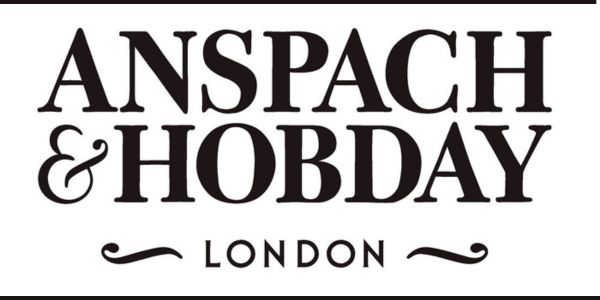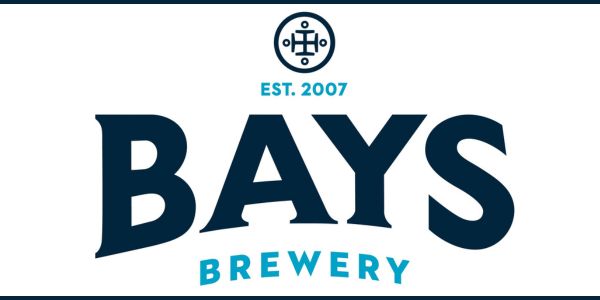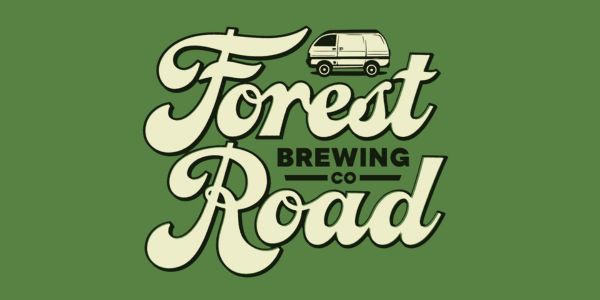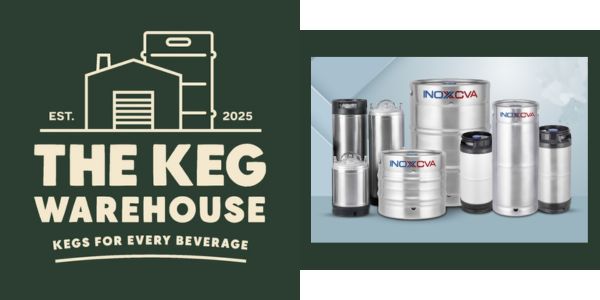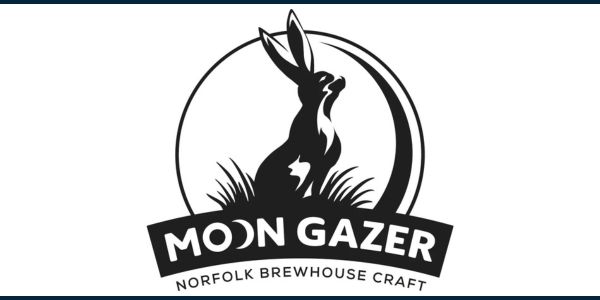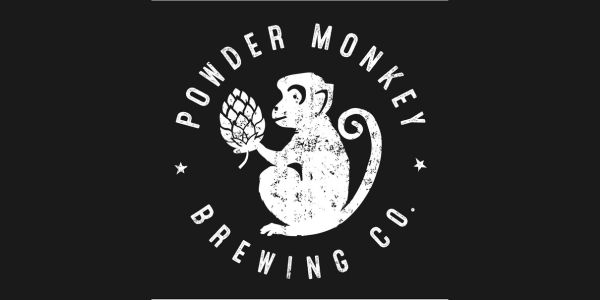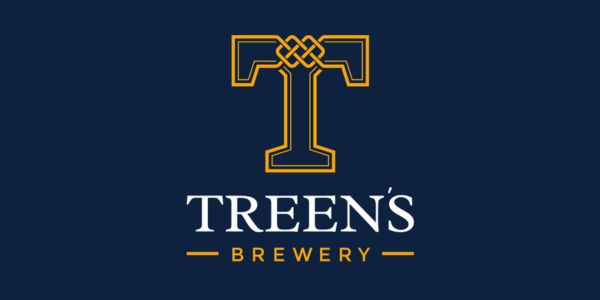A new alcohol duty structure has led to 100 million alcohol units being removed from the market by brewers and a boom in new products.

The results are proof that when government supports business, business can boost the economy and help public health goals, the British Beer and Pub Association (BBPA) says.
In the Alcohol Duty Review in August 2023, drinks of 3.4% ABV and lower were subjected to lower tax, along with a new draught relief to support pubs.
This led to brewers investing in, and producing, lower strength products and pubs serving these up to customers. This shift in sales resulted in the removal of 100 million alcohol units in just one year.
“It is crystal clear that a progressive alcohol duty regime that incentivises the production and consumption of lower-strength products over stronger, more concentrated products, can help grow the economy and support public health goals,” said Emma McClarkin, chief executive of the BBPA.
“Brewers responded at an impressive rate, with an incredible choice of high-quality low strength and alcohol-free beers, delighting customers across the UK. It is vital that the new government continues to take further steps in this direction.
“Beer is the lowest-strength alcoholic drinks category and UK brewing a world-class manufacturing success story. However, UK beer drinkers continue to pay among the highest duty rates in Europe and brewers and pubs face eye-watering increases in the cost of doing business.
“The government must use the Budget to cut beer duty to support our brewers and pubs, ensure a pint remains affordable for all, and help give consumers more choice.”
The final stage of the new regime is due to be implemented in February 2025 when lower-strength wines will be a taxed at a lower rate than stronger wines, which is currently not the case.
The BBPA also revealed that 1.3-3.4% strength drinks have leapt from under 1% of beer market sales in 2022 to now more than 7%.
Rapid category growth
Not only that, but the no and low alcohol beer category (0%-1.2% ABV) has also seen rapid growth in recent years, accelerating to 2% of the overall market in 2024. Nearly 90% of pubs now serve at least one no and low alcohol beer, and approaching 10% now serve a draught option with further growth forecast.
The UK pays the second-highest duty rate in Europe, with Finland taking first place. The UK pays 12 times more than Spain and Germany.
The reduction of alcohol units is further evidence of the important role industry can play to support public health aims. This follows recent statistics from think tank Localis, supported by the BBPA, which revealed that eight out of ten Brits believe pubs bring people together, and three in four say their local battles loneliness.
It’s Beer Today’s 20th anniversary this month!
I love updating this site, but it needs more Patreon supporters to survive into the future. Individual supporters are particularly welcome, and there are great options for commercial businesses which involve social media sharing, advertorial opportunities and advertising discounts. Find out more at patreon.com/beertoday.


